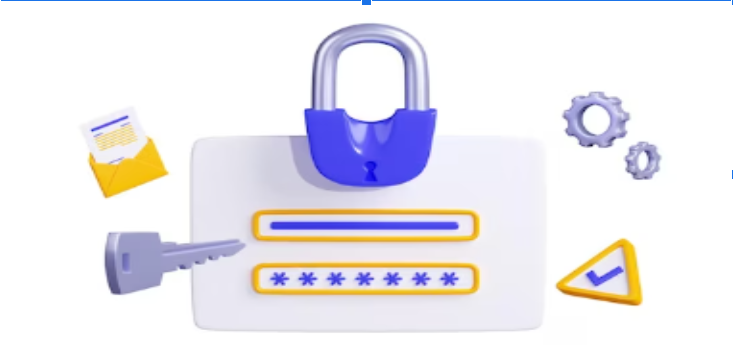In the ever-evolving areas of email communication, Google and Yahoo are set to implement significant changes to their email authentication requirements, effective from February 2024. These changes are made to improve email deliverability, prevent spam, and improve the overall security of users. In this article, we’ll come to know all about these changes, their implications, and how you can adapt to ensure your emails not only reach the inbox but also build a robust sender reputation.

Understanding the Changes for Email Authentication:
Google and Yahoo have recently announced Strictness email authentication requirements for all email senders. The primary goal is to prevent fraudulent activities, such as scams and phishing attempts, ultimately safeguarding users from malicious messages. Unauthenticated emails will undergo inspection, ensuring only legitimate and authenticated emails make their way to recipients’ inboxes.
Self-Authentication and DMARC Policy for Your Domain:
For users who have already self-authenticated their emails, the next crucial step involves publishing a DMARC policy record for their sending domain in DNS settings. This dual-layered approach enhances both email deliverability and security by preventing email spoofing and phishing attacks. A step-by-step guide is provided, accompanied by recommendations to involve IT departments or webmasters for seamless execution.
Self-Authentication for Unauthenticated Domains:
If you haven’t explored self-authentication yet, now’s the time to jump in. It’s a bit like CNAME or TXT records in Constant Contact, but it goes beyond just following the rules. It’s about presenting yourself professionally and building up your brand reputation, much like signing every email you send.
Addressing Freemail Domain Users:
For those attached to freemail domains like @gmail.com or @yahoo.com, consider this an invitation to create your digital space. Shifting to your custom domain not only adds professionalism but also ensures your emails stay compliant. And don’t fret; if self-authentication seems like a leap, Constant Contact has your back, automatically tweaking your “From” email addresses for you.
Legacy Authentication Users:
Legacy authentication users are provided with guidance on confirming their information for necessary updates. Those who have acquired their own domain since their initial setup with Constant Contact are directed towards setting up self-authentication to align with the evolving standards.
In conclusion, adapting to these changes is not just a requirement; it is an opportunity to enhance your email communication strategy. By self-authenticating, publishing DMARC policies, and understanding the evolving email landscape, you not only comply with industry standards but also elevate your sender reputation, resulting in a better overall email experience for both you and your recipients. Constant Contact stands as a reliable partner, ready to assist you in implementing these changes seamlessly. As we collectively embark on this journey towards enhanced email authentication, remember that every step you take contributes to a more secure and trustworthy digital communication ecosystem. Email communication is evolving, and with the right strategies, you can navigate these changes successfully and continue building meaningful connections through your emails.
